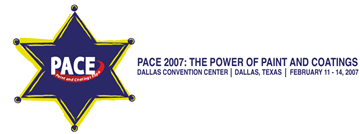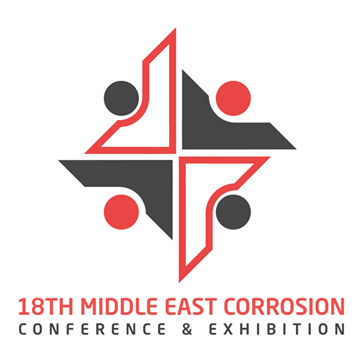Search
Individual Conference Papers
View as
Sort by
Display
per page
Evaluation of Coatings and Linings for Wastewater Environments
Product Number:
41207-362-SG
Publication Date:
2007
$20.00
Evaluation of Coatings for High-Temperature Process Vessel Applications
Product Number:
51324-20612-SG
Publication Date:
2024
$40.00
Evaluation of Coatings to Improve Steel Compatibility in Supercritical CO2
Product Number:
51323-19207-SG
Publication Date:
2023
$20.00
Evaluation Of Copper Catalytic Effects In Cable Insulation Polymers
Product Number:
ED22-17260-SG
Publication Date:
2022
$20.00
Evaluation of Corrosion Inhibition Performance of a Novel Polymer for Carbon Steel SimulatedAcidizing Fluid: Influence of Temperature and Flow on Protection Efficiency
Product Number:
MECC23-20122-SG
Publication Date:
2023
$20.00
Evaluation of Corrosion Inhibitor Gel Filler Retention in Shorted Casings: A Pressure Test Study
Product Number:
51324-21135-SG
Publication Date:
2024
$40.00
Evaluation Of Corrosion Of Copper Drinking Water Pipes Exposed To Sulfurous Well Water And Ozone Treatment
Product Number:
51321-16875-SG
Publication Date:
2021
$20.00
Evaluation Of Corrosion Pitting In A 317L Stainless Steel Surface Condenser Tube Bundle
Product Number:
51322-17564-SG
Publication Date:
2022
$20.00
Evaluation Of Corrosion Prevention And Control Programs For Reinforced Concrete Bridges In Marine Environments
Product Number:
51322-18203-SG
Publication Date:
2022
$20.00
Evaluation of Corrosion Risk by DC Stray Current: a Study of the EN ISO 21857 Standard Criteria
Product Number:
51324-20623-SG
Publication Date:
2024
$40.00
Evaluation of Corrosion Susceptibility of 304H Stainless Steel in Sulfuric Acid in Dilute Nuclear Waste Streams
Product Number:
51323-19458-SG
Publication Date:
2023
$20.00
Evaluation of Corrosion Susceptibility of Structural Steels in Biomass Derived Pyrolysis Oil
Product Number:
51321-16502-SG
Publication Date:
2021
$20.00












